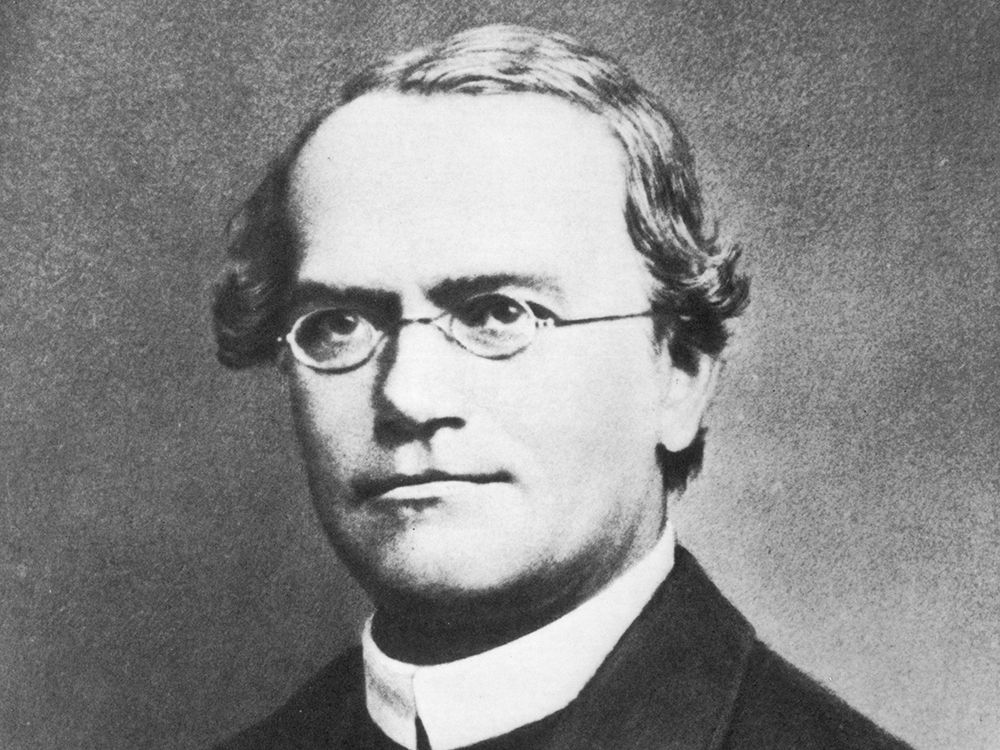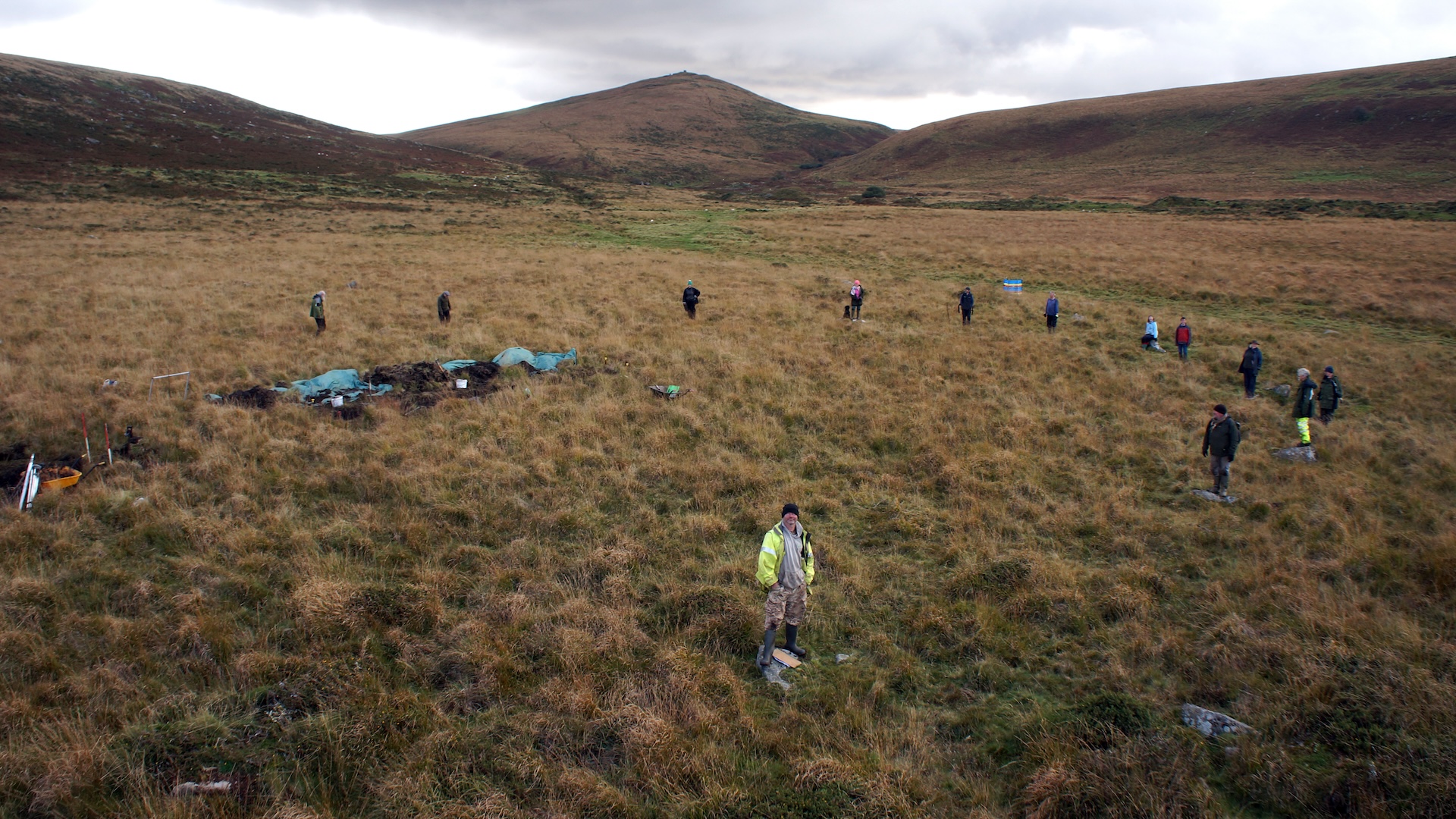Gregor Mendel: The Father of Genetics
In the world of biology, few names resonate as prominently as Gregor Mendel's. Often referred to as the "Father of Genetics," Mendel's pioneering work laid the foundation for our understanding of genetic inheritance. His groundbreaking experiments with pea plants at the Abbey of St. Thomas in Brno, then part of the Austro-Hungarian Empire, provided the first insight into how traits are passed from one generation to the next. Despite his immense contributions, Mendel's work went largely unrecognized during his lifetime, only gaining the acknowledgment it deserved decades after his death.
The Early Life of Mendel
Gregor Johann Mendel was born on July 20, 1822, in Heinzendorf, a small village in what is now the Czech Republic. His early life was rooted in agrarian culture, as his parents were farmers. This upbringing may have kindled his interest and aptitude for studying nature. His academic journey began at an age where education was a privilege, subsequently attending the Institute of Philosophy in Olomouc, where he studied physics and mathematics. These subjects would later profoundly influence his methodological approach to scientific experimentation.
Mendel's time at the University of Vienna from 1851 to 1853 was pivotal. Here, he studied under Christian Doppler, a physicist, and Franz Unger, a plant physiologist. The university's emphasis on experiment and scientific rigor undoubtedly shaped Mendel's future work. It was during this period that he developed a systematic approach to experimentation, focusing on precision and quantitative analysis.
The Pea Plant Experiments
After his stint in Vienna, Mendel returned to his monastic life at the Abbey of St. Thomas. It was here, in the secluded gardens, that Mendel embarked on his now-iconic series of experiments in the 1850s and 1860s. He chose the common pea plant, Pisum sativum, as his subject, largely due to its numerous distinct varietal traits and ease of cultivation. Mendel meticulously studied seven traits: seed color, seed shape, flower color, pod shape, pod color, flower position, and plant height.
What set Mendel apart was his persistence and attention to detail. Unlike his predecessors, Mendel controlled his experiments rigorously, ensuring that cross-pollination was conducted only between plants with specific traits. He painstakingly recorded the outcomes of each experiment and analyzed the data quantitatively—a method that was revolutionary at the time. His methodical approach allowed him to deduce the patterns of inheritance, leading him to propose the laws of segregation and independent assortment.
The Laws of Inheritance
Mendel's research spanned over eight years and covered more than 28,000 pea plants. His observations led to the formulation of what are now known as Mendelian laws of inheritance. The first, the Law of Segregation, states that allele pairs separate during gamete formation, meaning each parent contributes one allele for each trait at fertilization. The second, the Law of Independent Assortment, posits that genes for different traits assort independently of one another in the formation of gametes.
These principles form the very core of classical genetics, providing a systematic explanation for why offspring inherit specific traits from their parents. Mendel's precise calculations of the ratios of dominant and recessive traits paved the way for understanding genetic probability.
Challenges and Recognition
Despite the groundbreaking nature of Mendel's findings, his work went largely unnoticed during his lifetime. After presenting his findings to the Natural History Society of Brno in 1865, his theory did not gain immediate acceptance. Several factors contributed to this oversight. The scientific community of the time was primarily focused on Darwin's theory of evolution and lacked the conceptual framework to fully grasp the implications of Mendel's findings. Additionally, there was a failure to replicate Mendel's results in other plants due to the complexity of genetics beyond Mendel's chosen pea plants.
It wasn't until the turn of the 20th century that Mendel's work was rediscovered by three independent botanists: Hugo de Vries, Carl Correns, and Erich von Tschermak. Their confirmation of Mendel’s results brought his work to the fore and finally earned him posthumous recognition as the progenitor of genetic science.
Mendel's life, characterized by scientific curiosity and perseverance, is a testament to the power of observation and inquiry. His legacy endures in the field he helped to define, shaping the way we understand the fundamental mechanisms of life itself. As we delve deeper into the realm of genetics, from genome editing to personalized medicine, the echoes of Mendel's pea plants can still be heard, reminding us of the power of patient, methodical research. In the subsequent parts of this article, we will explore how Mendel's principles have shaped modern genetic research and the technological advancements that owe their origins to his pioneering work.
The Modern Impact of Mendel’s Discoveries
Mendel's principles, initially met with indifference, now form the bedrock of genetics, a field that continues to impact numerous scientific disciplines and industries. Over a century and a half since Mendel’s pioneering experiments, his theories remain integral not only in biology but also in agriculture, medicine, and biotechnology.
In agriculture, Mendelian genetics has been instrumental in crop improvement. The selective breeding processes that Mendel's experiments inspired have led to the development of crops with enhanced yields, disease resistance, and nutritional content. By crossing plants with desirable traits, agricultural scientists can produce superior plant varieties that help address food security challenges. This approach has been complemented by modern genetic mapping techniques that identify specific genes responsible for these traits, enabling even more precise manipulation.
Mendelian Genetics in Medicine
The field of medicine has particularly benefitted from an understanding of Mendelian genetics. The identification of genes associated with hereditary diseases has dramatically improved diagnostic capabilities. Genetic disorders that follow Mendelian inheritance patterns, such as cystic fibrosis, Huntington's disease, and sickle cell anemia, can be more accurately diagnosed, leading to better management and treatment strategies.
Furthermore, genetic counseling has become an important facet of healthcare, providing individuals and families with information about genetic conditions. The knowledge imparted by Mendelian genetics empowers potential parents to make informed decisions about family planning and manage the risks of genetic disorders.
With the advent of gene therapy, a burgeoning field in modern medicine, Mendel’s principles find new applications. By correcting defective genes responsible for disease development at the cellular level, gene therapy offers hope for treating conditions that were once deemed incurable. This therapeutic strategy underscores the potential of genetic science to alter the intrinsic biological narratives written in our DNA.
Genomics and Beyond
As science progresses, the exploration of the human genome has further exemplified the continued relevance of Mendel’s work. The Human Genome Project, completed in 2003, was a monumental effort that mapped the entire human genetic code, cataloging the roughly 20,000-25,000 genes present in human DNA. This milestone project brought Mendelian genetics into the genomic age, enabling scientists to understand complex genetic interactions and polymorphisms beyond simple inheritance patterns.
One of the revolutionary outcomes of genomic studies is the field of personalized medicine. Determining an individual's complete genomic sequence allows for a tailored approach to healthcare, where prevention and treatment strategies are designed based on genetic predispositions. Mendel's legacy persists in these advancements, as the elucidation of genetic variability stems directly from his original theories of inheritance.
Biotechnology and Genetic Engineering
Gregor Mendel’s contributions also echo in the realms of biotechnology and genetic engineering. The knowledge of genetic inheritance principles has been pivotal in the development of transgenic organisms. By manipulating the genetic material of organisms, scientists have created transgenic plants and animal models that have transformed research and industry. For instance, genetically modified crops with enhanced drought resistance or pest resilience have revolutionized agriculture, aiding farmers in producing more stable and abundant yields.
In biotechnology, genetic engineering techniques such as CRISPR-Cas9 leverage Mendelian inheritance theories to edit genes with high precision. This technology allows scientists to insert, delete, or modify the DNA of living organisms with unprecedented accuracy, broadening our capacity to explore genetic functions and develop novel therapeutics.
The Ethical and Societal Implications
However, alongside these scientific milestones facilitated by Mendelian genetics come ethical and societal considerations that merit scrutiny. Genetic advancements raise questions about privacy, consent, and the implications of genetic testing. The potential for genetic discrimination by employers or insurance companies, based on the presence of hereditary conditions, presents a significant ethical dilemma.
Moreover, as genetic engineering becomes more prevalent, the possibility of "designer babies" has sparked debates about the morality of altering human embryos to select preferred traits. These discussions underscore the important responsibility resting on the shoulders of geneticists and policymakers to ensure ethical standards accompany continued innovation.
The Everlasting Legacy of Mendel
Gregor Mendel's legacy endures as scientific inquiry continues to unravel the mysteries of genetic inheritance. His work remains an enduring testament to the efficacy of meticulous experimentation and the pursuit of knowledge. In bridging the 19th-century discoveries with contemporary genetic technology, Mendel's foundational principles remain as relevant today as they were revolutionary in the 1800s.
As science progresses, each new genetic breakthrough can trace its lineage back to the quiet gardens of the Abbey of St. Thomas. Mendel's insights into the mechanisms of heredity remind us of the potential within the world's unseen intricacies and the pursuit of knowledge for the betterment of humanity. Mendelian principles, firmly entrenched in the scientific canon, inspire continued exploration and thoughtful consideration of the ethical dimensions of these revelations.
In the next segment of this article, we will explore the cultural and historical context of Mendel’s lifetime and the modern initiatives that celebrate and preserve his enduring legacy. Through this, we aim to illuminate both the person behind the science and the reverberating impact of his discoveries across time.
Cultural and Historical Context of Mendel's Era
To fully appreciate Gregor Mendel's achievements, it's essential to consider the cultural and historical milieu of the mid-19th century. This was an era marked by rapid scientific and industrial advancements. The scientific community was abuzz with the aftermath of Charles Darwin's "On the Origin of Species," published in 1859, which proposed natural selection as the mechanism of evolution. While Darwin's theory was transformative, it left unanswered questions about the mechanisms controlling trait inheritance, paving the way for Mendel’s research to fill this gap.
The intellectual atmosphere during Mendel’s lifetime was one of curiosity and transition. The Austrian Empire, where Mendel lived, was an epicenter of scientific endeavor, although it lacked a cohesive institutional framework to support novel scientific discoveries. Despite this, Mendel thrived within the cloistered abbey environment that provided him both the solitude for reflection and the space for experimentation.
Mendel's work, although delayed in its recognition, was carried out with the rigor and precision characteristic of the burgeoning scientific methodologies of the time. The limited reach of scientific communication networks, however, meant that many contemporaneous scholars were unaware of each other's work, contributing to the initial oversight of Mendel's theories.
Rediscovery and Recognition
The rediscovery of Mendel's work at the dawn of the 20th century represented a significant turning point in biology. The concurrent confirmation by Hugo de Vries, Carl Correns, and Erich von Tschermak initiated the Mendelian revival. This triumvirate's recognition of the relevance of Mendel's experiments efficiently bridged the gap that had long impeded the understanding of heredity.
This rediscovery catalyzed a genetic awakening, aligning Mendel's principles with Darwinian theories to form the basis of the modern evolutionary synthesis. Scientists began to recognize the robust applicability of Mendel's laws, contributing to the development of population genetics and furthering our conception of how traits persist and evolve over generations.
With the recognition of Mendel’s work, academic institutions began to incorporate genetics into their curricula, establishing a foundation for generations of geneticists inspired by Mendel's initial breakthroughs. The humble seed he had planted in the fields of the Abbey germinated into the expansive field of genetics that enriches modern science.
Preserving Mendel's Legacy
The historical significance of Gregor Mendel is celebrated today through various initiatives aimed at preserving his legacy. Museums, such as the Mendel Museum in Brno, serve as custodians of his history, offering exhibitions about his life and scientific contributions. These institutions ensure that Mendel's legacy is passed to future generations, highlighting the timeless nature of his discoveries.
Modern scholars and institutions continue to honor Mendel through awards and events that encourage excellence in genetic research. The annual Mendel Lecture Series brings together leading geneticists who share developments in the field, reflecting on how far genetic science has traveled since Mendel's time.
Furthermore, educational programs and literature dedicated to Mendel ensure his contributions remain integral to curriculum standards worldwide. By embedding his work within biology education, we reinforce the importance of historical scientific inquiry as the basis of current knowledge and innovation.
The Future of Genetics and the Mendelian Paradigm
As we stand on the cusp of further genetic revolutions, the future of genetics remains tied to Mendelian concepts. While our understanding of genetics has expanded to encompass complex interactions beyond Mendel's initial observations, such as epigenetics and polygenic traits, the foundation remains indisputably Mendelian.
Emerging technologies and fields like synthetic biology continue to reflect Mendel's systematic approach. They aim to design and construct new biological parts, devices, and systems, advancing possibilities that range from regenerative medicine to environmental biosustainability.
The ethical considerations accompanying these technological advances echo the ongoing responsibility Mendel’s scientific descendants bear. As we venture deeper into realms like genetic modification and artificial intelligence integration within biology, the implications of Mendel’s laws underscore the need for ethical governance.
Ultimately, Mendel’s legacy persists because of its universality and adaptability. His principles remain a guiding compass for contemporary geneticists and offer a framework for continued scientific discovery. As the field of genetics progresses, Mendel's initial revelations will undoubtedly continue to resonate, illuminating pathways for exploration and ensuring that his vision outlasts his time.
Conclusion
Gregor Mendel's journey from a solitary scientist to the Father of Genetics is a testament to the enduring nature of scientific inquiry. His pioneering research laid the groundwork for our understanding of heredity and has influenced countless facets of science and society. Although his work was overlooked during his lifetime, its rediscovery sparked a broader understanding of genetic principles that continue to evolve today.
In reflecting on Mendel's life and accomplishments, we see a narrative of perseverance, innovation, and eventual recognition. His principles, which once began as simple observations in a monastery garden, have blossomed into a complex web that intertwines with the fabric of modern science and ethics. As genetic research advances, the principles Mendel unveiled remain central to the pursuit of knowledge that aims to enhance and understand the biological world. Mendel’s legacy, seeded in the past, will undoubtedly continue to grow, informing and shaping the future of genetic science.








Comments